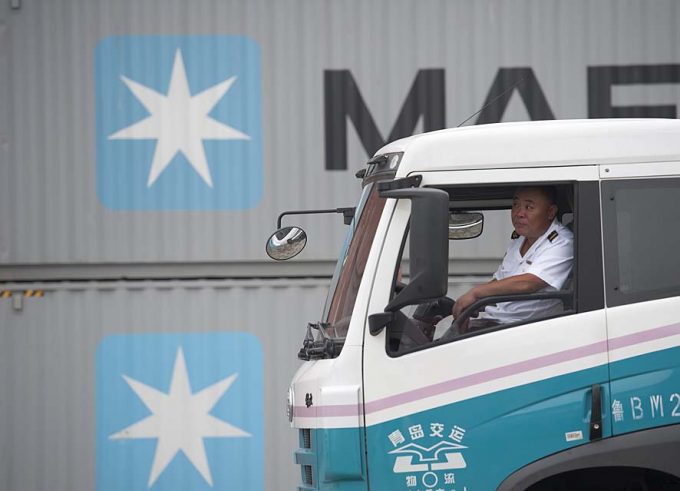EU port operators can share costly electric container handling equipment
European terminal operators appear to have been given the green light by EU competition regulators ...

Maersk Line remained in the red in the first quarter of the year, recording a net loss of $66m.
However its executives are confident that the carrier is on track to turn a full-year profit in excess of $600m.
Group chief executive Soren Skou attributed the first-quarter ...

Comment on this article